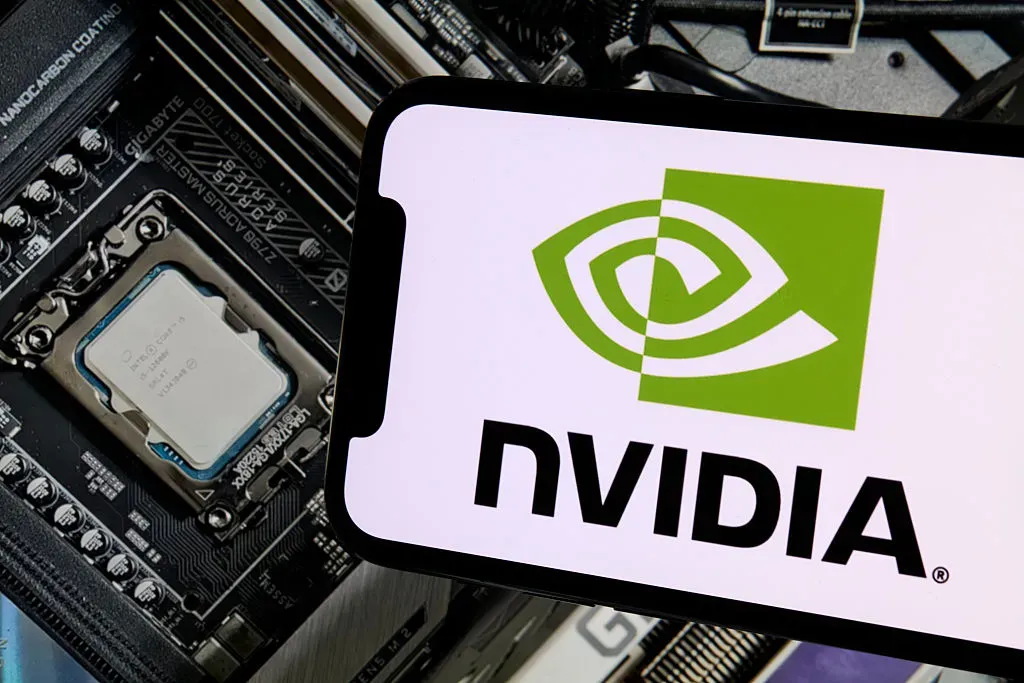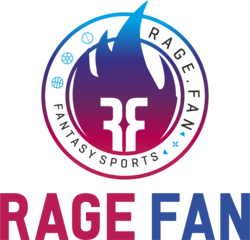Advertisement|Remove ads.
Michael Burry Vs. Nvidia Heats Up: 'Big Short' Investor Stands By His Analysis Even As AI Chip Giant Privately Denies 'Enron-Like Fraud' Allegations

- Burry weighed in on Nvidia’s stock-based compensation (SBC) accounting just after the company’s third-quarter earnings.
- He claimed that the AI stalwart understated SBC, inflating owners’ earnings by 50%.
- Nvidia’s stock has been volatile ever since AI bubble fears intensified.
Close on the heels of launching the “Cassandra Unchained” substack newsletter, Michael Burry fired a fresh salvo at artificial intelligence (AI) stalwart Nvidia Corp. (NVDA) and its kindred, even as the Jensen Huang-led company was quick to defend itself to the Wall Street community.
Nvidia’s stock has been on a volatile ride ever since the AI bubble fears intensified. The stock has shed about 10% so far this month.
Nvidia Rushes To Defend Itself
The whole saga started as Burry, who came down heavily upon hyperscalers, criticising their capex spending and depreciation accounting following his social-media return in late October, weighed in on Nvidia’s stock-based compensation (SBC) accounting. His Nvidia comments came shortly after the company reported stellar third-quarter results.
Aside from Burry’s attacks, market participants also raised concerns about the spike in the company’s days sales outstanding (DSO), which is the average number of days taken by the company to collect payment after a credit sale.
Over the weekend, Nvidia reportedly shared a seven-page memo with Wall Street analysts that addressed sceptical investors' claims, according to Barron’s. The memo reportedly cited Burry’s X post and a Substack post by Shanaka Perera entitled “The Algorithm That Detected a $610 Billion Fraud: How Machine Intelligence Exposed the AI Industry’s Circular Financing Scheme” as source documents.
In the memo, Nvidia responded to each of the allegations, including concerns about share repurchases, accounts receivable, and inventory. Among its arguments is that Burry’s Nvidia stock buyback number since 2018 was off by about $20 billion, and that he has included restricted stock unit (RSU) taxes in his calculations. The company said repurchases since 2018 were well below intrinsic volume, creating “substantial” value for shareholders. This is a pushback against Burry’s claim that the company understated SBC, inflating owners’ earnings by 50%.
Nvidia also contended in the memo that the current allegations are analogous to “historical accounting frauds (Enron, WorldCom, Lucent) that featured vendor financing and SPVs [special purpose vehicles].”
“NVIDIA does not resemble historical accounting frauds because NVIDIA’s underlying business is economically sound, our reporting is complete and transparent, and we care about our reputation for integrity,” the memo said. “Unlike Enron, NVIDIA does not use Special Purpose Entities to hide debt and inflate revenue.”
Burry Sticks To Stance
While making note of Nvidia’s private clarification to Wall Street, Burry, who shot to prominence with his accurate and prescient prediction of the 2008 housing market collapse, said, “I stand by my analysis. Obviously, the full analysis does not fit in a tweet. I will release on my timeline.”
The “Big Short” fame investor said his first Substack post, entitled “The Heretic’s Guide to AI’s Stars ‘Supply-Side Gluttony,” is a light read. “The second in the Heretic series will be a heavier lift.”
While sharing screenshots of Nvidia’s memo, Barron’s senior tech writer Tae Kim said, “Nvidia should have published this in an 8-K filing instead of just emailing a memo to Wall Street sell-side analysts.”
Social media users’ reaction was mixed. One argued that there would be smoke when there is a fire. “The fact that they felt the need to respond makes me nervous,” they said.
Another user, however, defended the company. “Haters gonna hate regardless of the miracle-level achievement taking place before our eyes around the world.”
Burry’s newsletter offers a monthly subscription for $39 and a yearly subscription for $379, though free access is available and only entitles a reader to occasional public posts. His newsletter has already received over 60,000 subscriptions.
For updates and corrections, email newsroom[at]stocktwits[dot]com.
Read Next: Zoom Stock Jumps 3% After Hours Following Beat-And-Raise Q3, Retail Traders Tune In











/filters:format(webp)https://news.stocktwits-cdn.com/large_Getty_Images_1945576382_jpg_b027c71ce4.webp)
/filters:format(webp)https://st-everywhere-cms-prod.s3.us-east-1.amazonaws.com/IMG_9209_1_d9c1acde92.jpeg)
/filters:format(webp)https://news.stocktwits-cdn.com/large_Getty_Images_2236172972_jpg_430f67addb.webp)
/filters:format(webp)https://st-everywhere-cms-prod.s3.us-east-1.amazonaws.com/Sourasis_Bose_Author_Image_939f0c5061.jpg)
/filters:format(webp)https://news.stocktwits-cdn.com/large_RJ_Scaringe_jpg_30aff15d61.webp)
/filters:format(webp)https://st-everywhere-cms-prod.s3.us-east-1.amazonaws.com/shanthi_v2_compressed_98c13b83cf.png)
/filters:format(webp)https://news.stocktwits-cdn.com/large_Coca_Cola_jpg_1b7e36fc54.webp)
/filters:format(webp)https://news.stocktwits-cdn.com/IMG_4530_jpeg_a09abb56e6.webp)
/filters:format(webp)https://news.stocktwits-cdn.com/large_zootopia_jpg_78547b0da9.webp)
/filters:format(webp)https://st-everywhere-cms-prod.s3.us-east-1.amazonaws.com/unnamed_jpg_9dff551b50.webp)
/filters:format(webp)https://news.stocktwits-cdn.com/Getty_Images_2236688965_jpg_a4128185a6.webp)